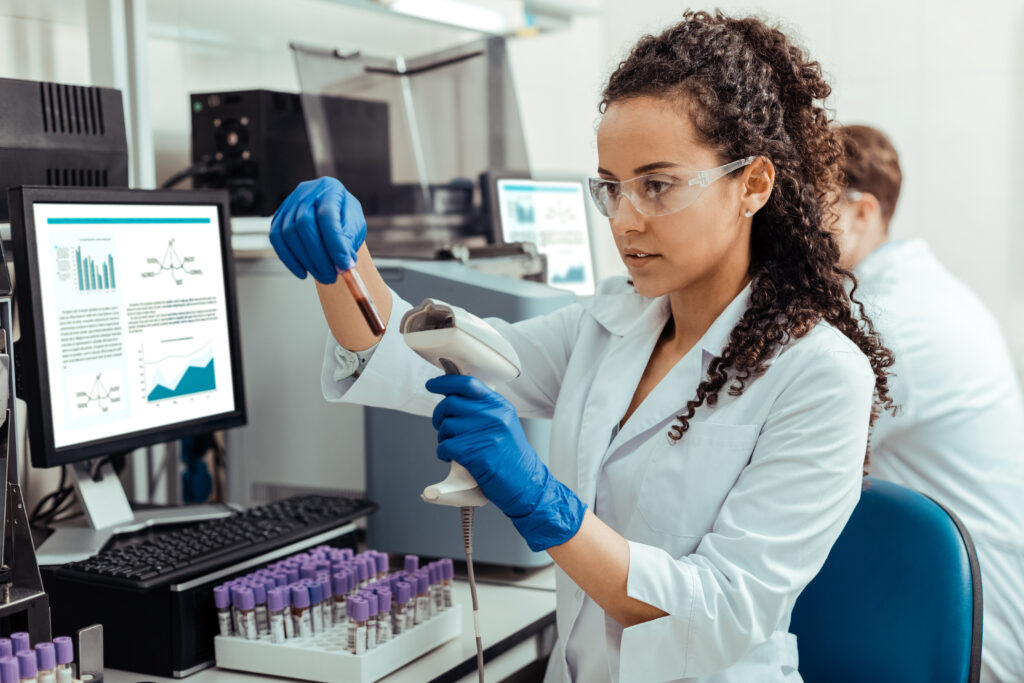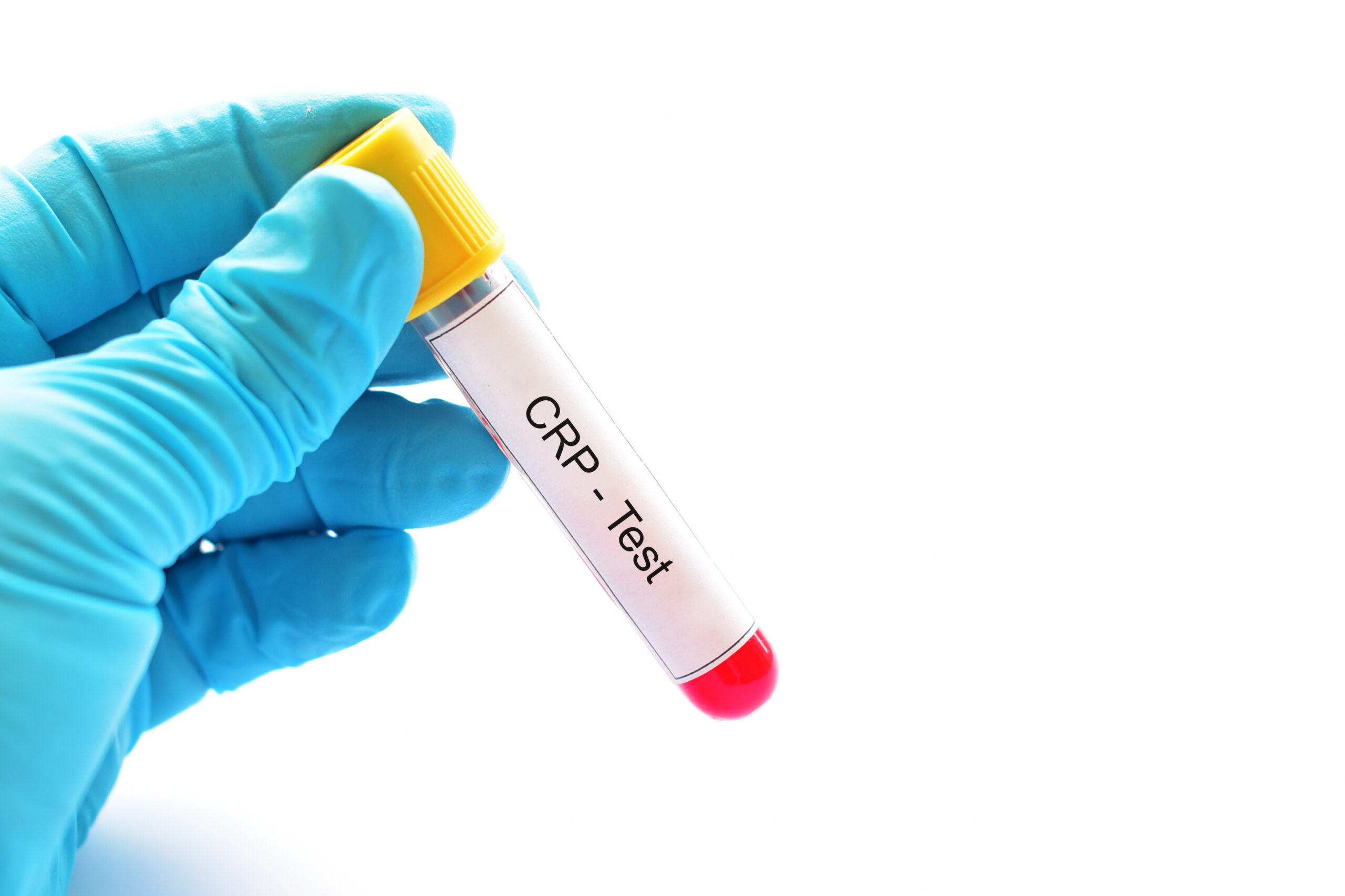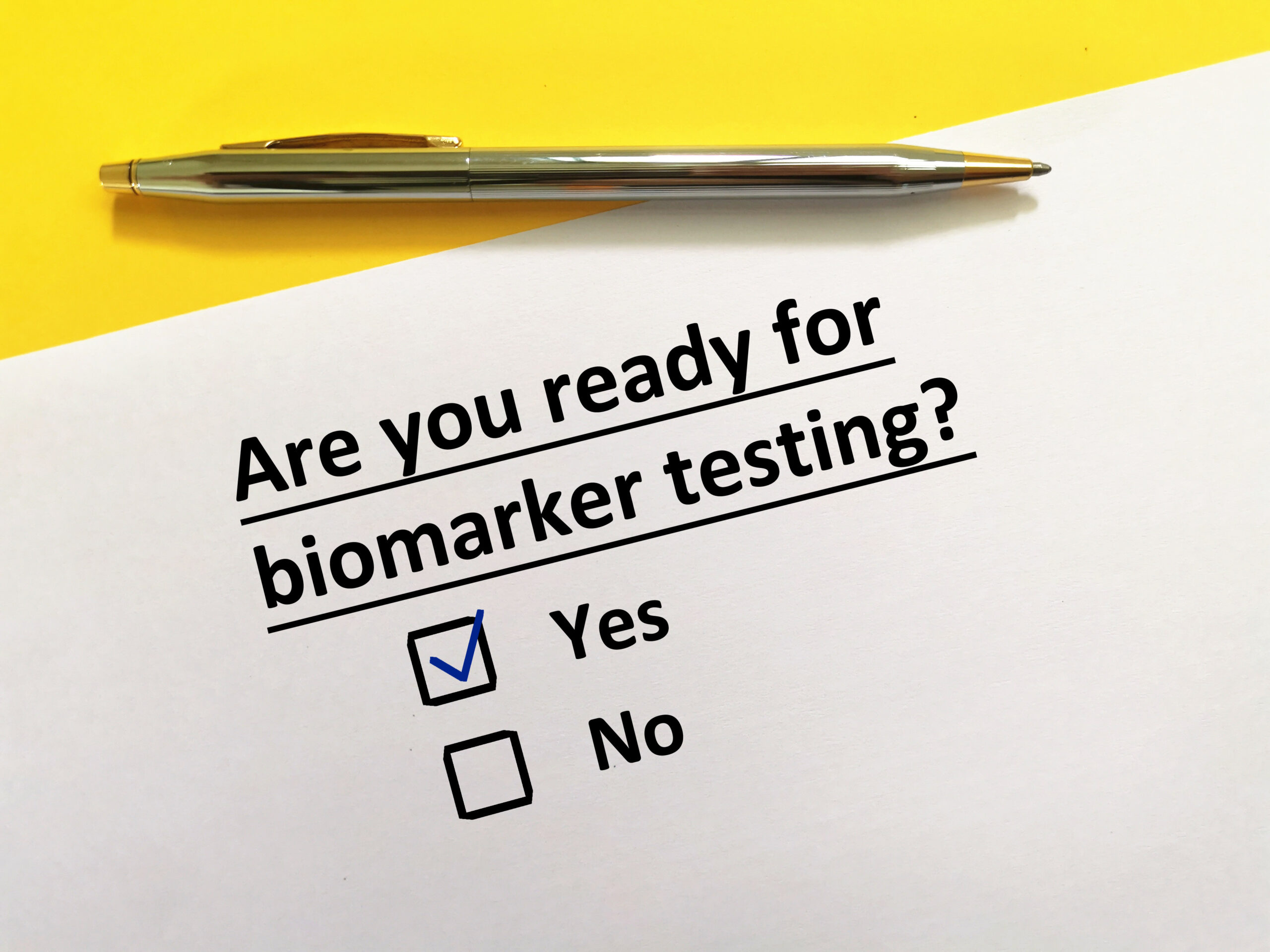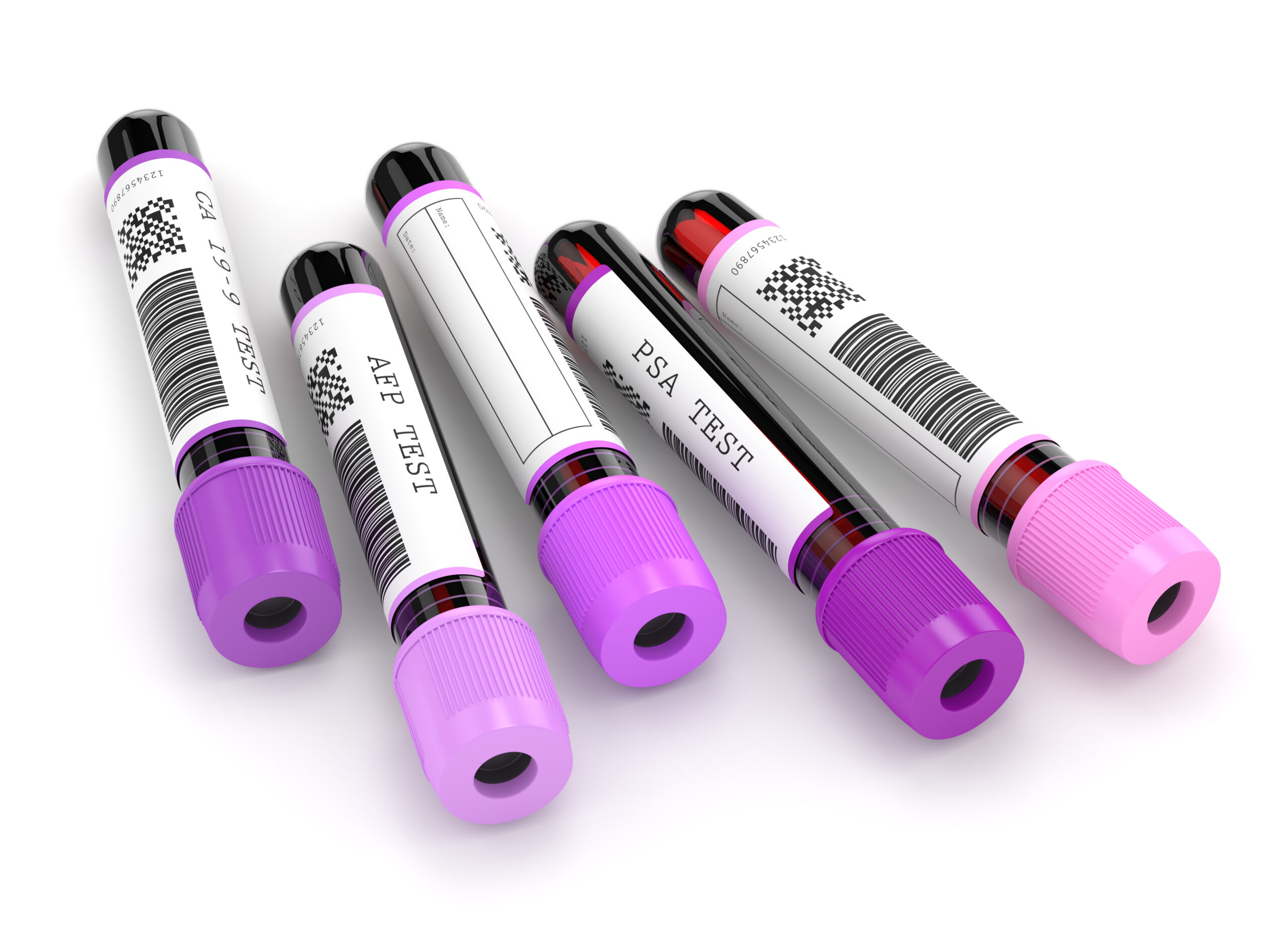Biomarkers in sweat: A Game-Changer in Early Disease Detection and Prevention
As healthcare professionals, we are always on the lookout for new and innovative ways to detect and prevent diseases. One exciting development in this field is the use of biomarkers in sweat. In this article, We will explore what are the biomarkers in sweat, their importance in healthcare, and their potential to revolutionize early disease detection and prevention.
Introduction to Health Biomarkers
Before we dive into biomarkers in sweat, let’s first discuss what health biomarkers are. Health biomarkers are measurable indicators that help diagnose and monitor diseases, predict disease progression, and evaluate the effectiveness of treatments. Biomarkers can be found in various bodily fluids, including blood, urine, and saliva.
Traditionally, blood biomarkers have been the go-to for disease diagnosis and monitoring. However, there are some limitations to using blood biomarkers. For one, collecting blood can be invasive and uncomfortable for patients. Additionally, some biomarkers may not be present in the bloodstream until a disease has already progressed significantly. This is where sweat biomarkers come in.
What are Sweat Biomarkers?

Biomarkers in sweat are chemical substances found in sweat that can provide valuable information about a person’s health. Sweat is a non-invasive and readily available bodily fluid that can be easily collected through methods such as sweat patches, sweatbands, or even just a simple exercise session.
Biomarkers in sweat can provide information about a wide range of health conditions, including metabolic disorders, cancer, and infectious diseases. Some examples of sweat biomarkers include glucose, lactate, cortisol, and various electrolytes.
The Importance of Sweat Diagnostics
The use of biomarkers in sweat in healthcare has the potential to revolutionize disease diagnosis and prevention. One of the main advantages of sweat biomarkers is that they provide a non-invasive and painless method of collecting diagnostic information. This can be particularly beneficial for children, the elderly, and people who are afraid of needles.
Sweat diagnostics can also provide more accurate and timely information about a person’s health status. For example, a person’s blood glucose levels may not accurately reflect their glucose levels throughout the day. However, measuring glucose levels in sweat can provide a more accurate picture of their glucose levels over time.
Biomarkers in sweat and Early Disease Detection
One of the most promising applications of biomarkers in sweat is in early disease detection. Many diseases, such as cancer, can be more effectively treated when caught early. Biomarkers in sweat can provide an early warning sign of disease before symptoms even appear.
For example, research has shown that certain sweat biomarkers can be indicative of breast cancer. By analyzing the levels of these biomarkers in a woman’s sweat, doctors may be able to detect breast cancer at an early stage, when it is more treatable.
Types of Biomarkers in Sweat
There are several types of biomarkers in sweat that can provide valuable diagnostic information. Some of the most commonly studied sweat biomarkers include:
- Electrolytes: Sodium and chloride are two important electrolytes found in sweat. Abnormal levels of these electrolytes can indicate conditions such as dehydration or cystic fibrosis.
- Metabolites: Metabolites such as glucose, lactate, and urea can provide information about a person’s metabolic health. Abnormal levels of these metabolites can indicate conditions such as diabetes or kidney disease.
- Proteins: Certain proteins, such as cytokines and growth factors, can be indicative of inflammation or cancer.

Spectroscopy and its Role in Sweat Biomarker Analysis

Spectroscopy is a technique that can be used to analyze biomarkers in sweat. Spectroscopy involves shining light on a sample of sweat and measuring the resulting spectrum of light. This can provide information about the types and concentrations of biomolecules present in the sample.
Spectroscopy can be used to analyze a wide range of biomolecules, including proteins and metabolites. This technique has the potential to provide highly accurate and sensitive analysis of sweat biomarkers.
Applications of Sweat Biomarkers in Healthcare
There are many potential applications of sweat biomarkers in healthcare. Some of the most promising applications include:
- Disease diagnosis: Sweat biomarkers can be used to diagnose a wide range of diseases, including cancer, diabetes, and infectious diseases.
- Disease monitoring: Sweat biomarkers can be used to monitor disease progression and the effectiveness of treatments.
- Fitness and sports medicine: Sweat biomarkers can be used to monitor athletic performance and provide personalized training recommendations.
- Personalized medicine: Sweat biomarkers can be used to develop personalized treatment plans based on a person’s individual biomarker profile.

Challenges and Limitations of Biomarkers in Sweat
While biomarkers in sweat hold great promise for disease detection and prevention, there are also some challenges and limitations to consider. Some of the main challenges include:
- Standardization: There is currently no standardized method for collecting and analyzing sweat biomarkers. This can make it difficult to compare results between studies.
- Sensitivity: Some sweat biomarkers may be present in very low concentrations, making them difficult to detect and analyze.
- Specificity: Some sweat biomarkers may not be specific to a particular disease. For example, elevated levels of lactate can indicate both metabolic disorders and exercise.
- Cost: The use of spectroscopy and other advanced techniques for analyzing sweat biomarkers can be expensive.
Future of Sweat Biomarkers in Disease Prevention
Despite these challenges, the potential benefits of sweat biomarkers for disease prevention and detection are too great to ignore. As research in this area continues, we can expect to see advancements in the standardization and sensitivity of sweat biomarker analysis.
In the future, sweat biomarkers may become a routine part of healthcare, providing valuable diagnostic and preventative information to patients and healthcare providers alike.

Conclusion
Biomarkers in sweat have the potential to be a game-changer in early disease detection and prevention. By providing a non-invasive and painless method of collecting diagnostic information, sweat biomarkers can improve the accuracy and timeliness of disease diagnosis and monitoring.
Jako pracownicy służby zdrowia jesteśmy odpowiedzialni za bycie na bieżąco z najnowszymi osiągnięciami w technologii medycznej. Zachęcam do dalszego poznawania biomarkerów potu i ich potencjalnych zastosowań w ochronie zdrowia.
Razem możemy pracować na rzecz przyszłości, w której zapobieganie chorobom i ich wykrywanie będzie dokładniejsze, dostępne i skuteczniejsze niż kiedykolwiek wcześniej.






